
MONSOONS PANEL
REGIONAL WORKING GROUP ON ASIAN-AUSTRALIAN MONSOONS: MEMBERS
 |
Lin Wang, Co-ChairInstitute of Atmospheric Physics (IAP), Chinese Academy of Sciences, Beijing, China Dr Wang is a professor at the IAP. His research interest includes the variability, mechanism, and predictability of the Asian monsoon ranging from the intraseasonal to interdecadal timescales. The focus is on the East Asian winter monsoon and the role of the mid- and high-latitude processes. He heavily applies process-based diagnostics on observational, reanalysis, and model data to identify the critical processes that dominate the monsoon variability. He also seeks the potential influences of the stratospheric processes on monsoon variability and predictability. Currently, he is working on the interactions between different timescales to understand the East Asian winter monsoon variability. Read more... |
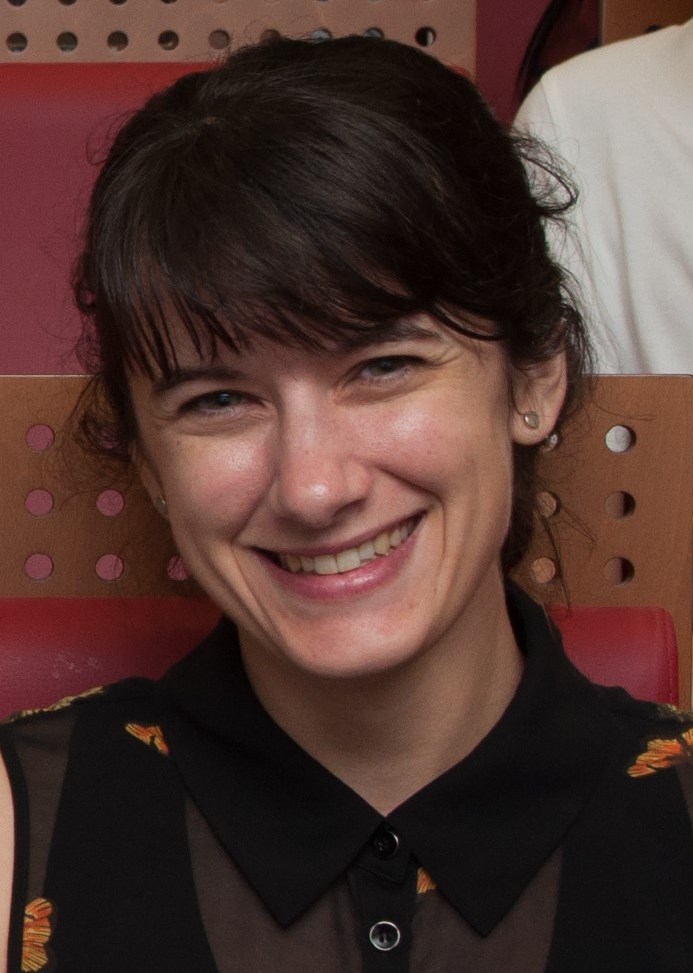 |
Thea Turkington Co-chair (Co-chair, CLIVAR/GEWEX Monsoons Panel)Centre for Climate Research Singapore (CCRS), Singapore Dr Turkington is the Head of the Subseasonal and Seasonal Prediction Section at CCRS, with a background in both weather and climate timescales. She worked as a weather forecaster in New Zealand, before shifting her focus to climate. In 2016 she obtained her PhD from the University of Twente, Netherlands, on the topic of climate change and natural hazards. Her current research work includes working with users to develop subseasonal and seasonal predictions for Singapore and Southeast Asia, as well as the underlying research in understanding the effects and impacts of weather and climate processes. Read more... |
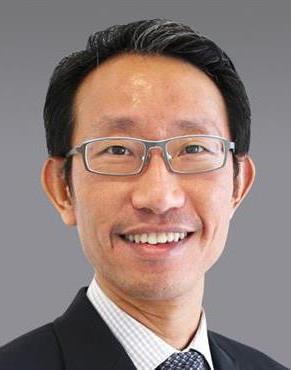 |
Tieh Yong KohAsia Pacific Institute of Experts, Singapore Dr Koh is a weather scientist and climate consultant based in Singapore. He obtained his Ph.D. in Atmospheric Science from Massachusetts Institute of Technology, USA. His research interests include weather and climate of Southeast Asia, atmospheric modelling, predictability and complexity in atmospheric science, mixing and transport of tracers and geophysical fluid dynamics. Read more... |
 |
Gill MartinMet Office Hadley Centre, Exeter, UK Dr Martin is the Scientific Manager of the Water Cycle Processes and Feedbacks group, aiming to understand and improve the representation of hydrological cycle processes in models across all timescales. Her areas of expertise include climate model development and evaluation, representation of Asian summer monsoon in general circulation models, influence of vertical and horizontal resolution in models, sensitivity of modelled climate processes and phenomena to physical parametrizations and stratocumulus and cumulus cloud microphysics. Read more... |
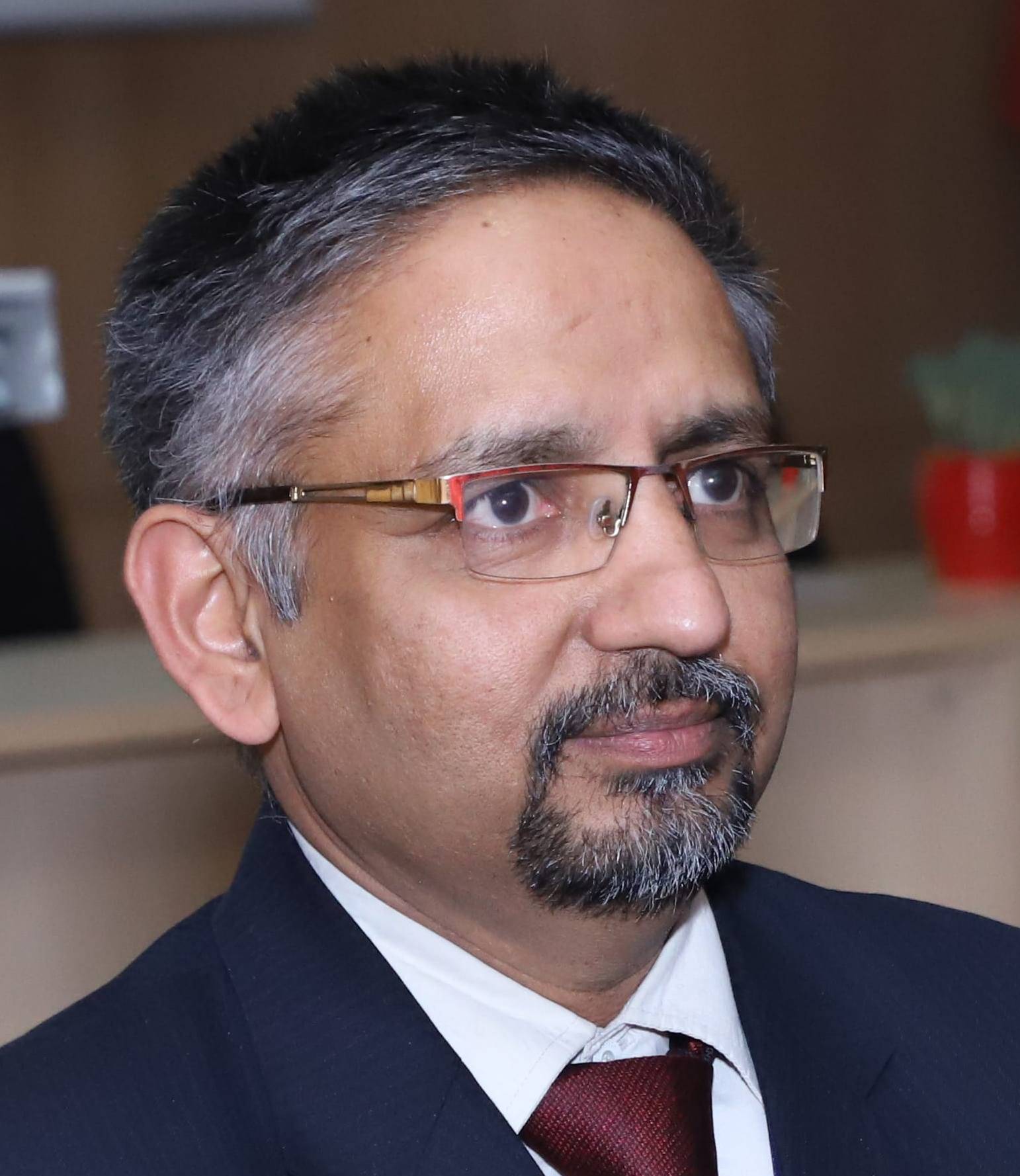 |
Raghavendra AshritNational Centre for Medium Range Weather Forecasting (NCMRWF), Noida, Uttar Pradesh, India Dr Ashrit is a senior scientist at the NCMRWF working in the area of model based medium range forecasting and evaluation of over India with special emphasis on the heavy rains. He has special interest in application of advance spatial verification methods for evaluation of high resolution model forecasts. His current area of work includes use of ensemble based forecast products for predicting the severe and extreme weather and development of bias correction methods for ensemble forecasts with focus on predicting extremes. Read more... |
 |
Wei-Ting ChenNational Taiwan University (NTU), Chinese Taipei Dr Chen is an Associate Professor in the Department of Atmospheric Sciences of the NTU. Her expertise includes application of satellite-retrieved cloud and precipitation products and a hierarchy of atmospheric numerical models to investigate the multi-scale convections over Asian monsoon regions and their interactions with the large-scale environment including thermodynamics, dynamics, anthropogenic aerosols, and climate change. Specific topics include diurnal cycle and convection organization, the occurrence of extreme rainfall systems, the relationships between aerosol transport, local circulation and synoptic weather, and the effects of anthropogenic aerosols on convection over coastal areas or complex topography. Read more... |
 |
Hatsuki Fujinami (Member, WWRP/WGTMR)Institute for Space-Earth Environmental Research (ISEE), Nagoya University, Nagoya, Japan Dr Fujinami is a Lecturer at ISEE. His research interests include understanding the processes responsible for precipitation variations in monsoon Asia over a broad range of time scales from diurnal cycle to climate change. He has worked extensively in diurnal precipitation cycle, low pressure systems and intraseasonal oscillations and the interplay among them around South Asia, helping to improve understanding of these process that provide water resources and to contribute S2S prediction. He uses in-situ observational data, atmospheric reanalysis and satellite remote sensing data to uncover important processes. He has recently studied the mechanism of nocturnal precipitation in the Meghalaya Plateau and the Himalayas including glacierized area. Read more... |
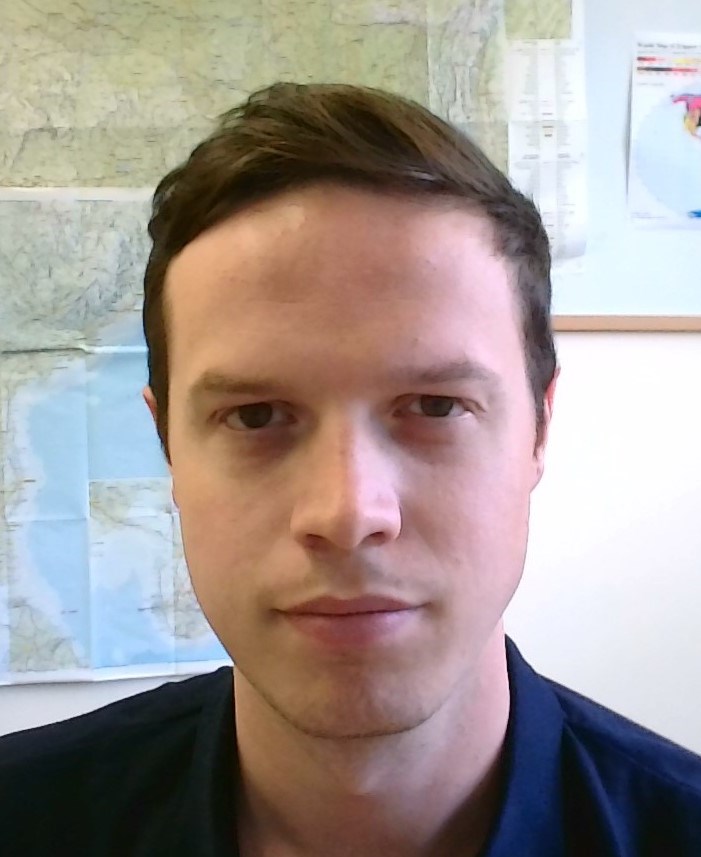
|
Kieran HuntUniversity of Reading, Reading, UK Dr Hunt is a Senior Research Scientist at the Department of Meteorology, University of Reading. His doctoral work focused on monsoon depressions over India. This involved developing a tracking algorithm to produce a catalogue of events, analysing their structure in reanalysis and satellite data, and using models to explore their interaction with the land surface and orography. Since then, He has continued working on monsoon low-pressure systems (LPSs) and variability with a particular interest in extreme rainfall events, such as those caused by the interactions between LPSs and extratropical storms, involving developing novel computational techniques or dynamical analysis. Read more... |
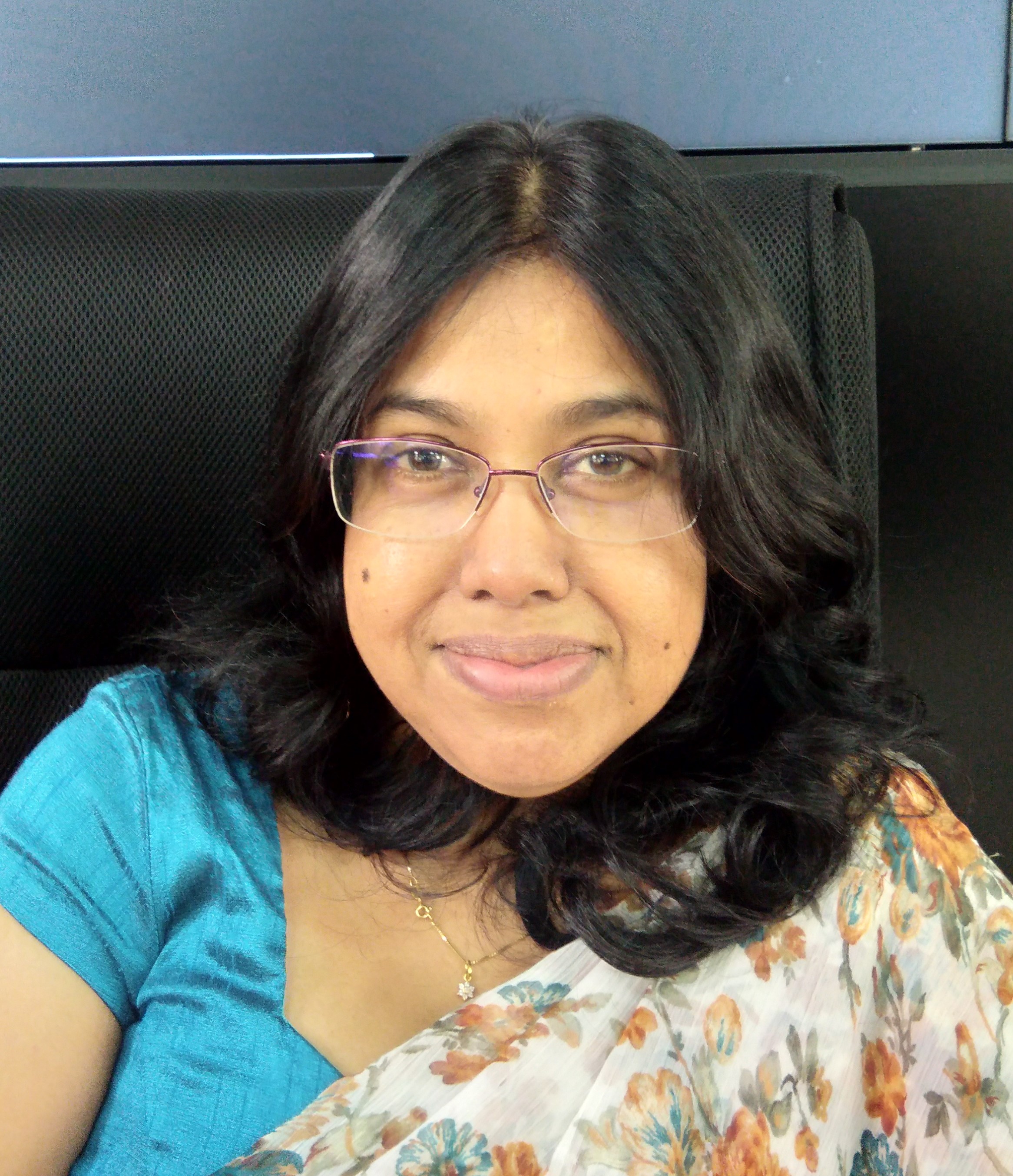 |
Shiromani JayawardenaSAHF Climate and Weather Service, Regional Integrated Multi-Hazard Early Warning System (RIMES), Thailand Dr Jayawardena is currently an Advisor (based in Colombo, Sri Lanka) for the SAHF Climate and Weather service, Regional Integrated Multi-Hazard Early Warning System (RIMES), Thailand. Prior to this she was a National Consultant for Adaptation to the Project of Enhanced Transparency Framework (ETF) for AFOLU Sector, Climate Change Secretariat, Ministry of Environment. She was previously the Director of Meteorology (Weather Forecasting and Decision Support) at the Department of Meteorology, Sri Lanka and has more than two decades of experience as an operational forecaster (including seasonal prediction), aviation forecaster and also as a researcher with international collaboration. She is involved in developing country-specific climate change projections. She has also developed multi model ensembles of changes in annual as well as seasonal rainfall in Sri Lanka.. Read more... |
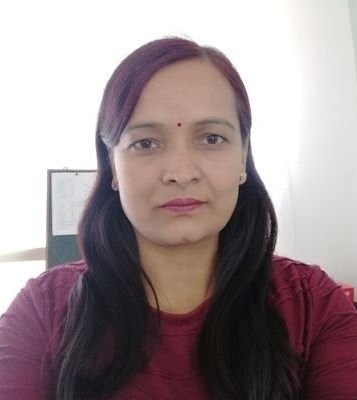 |
Indira KadelDepartment of Hydrology and Meteorology (DHM), Kathmandu, Nepal Dr Kadel is a Senior Divisional Meteorologist at DHM. She has been studying monsoon systems over South Asia focusing central Himalayas. Her recent work is focused on the teleconnection of monsoon system with global variables, and simulation of monsoon precipitation by weather and climate models. Se is mostly engaged in operational work, including seasonal outlooks and climate services. Read more... |
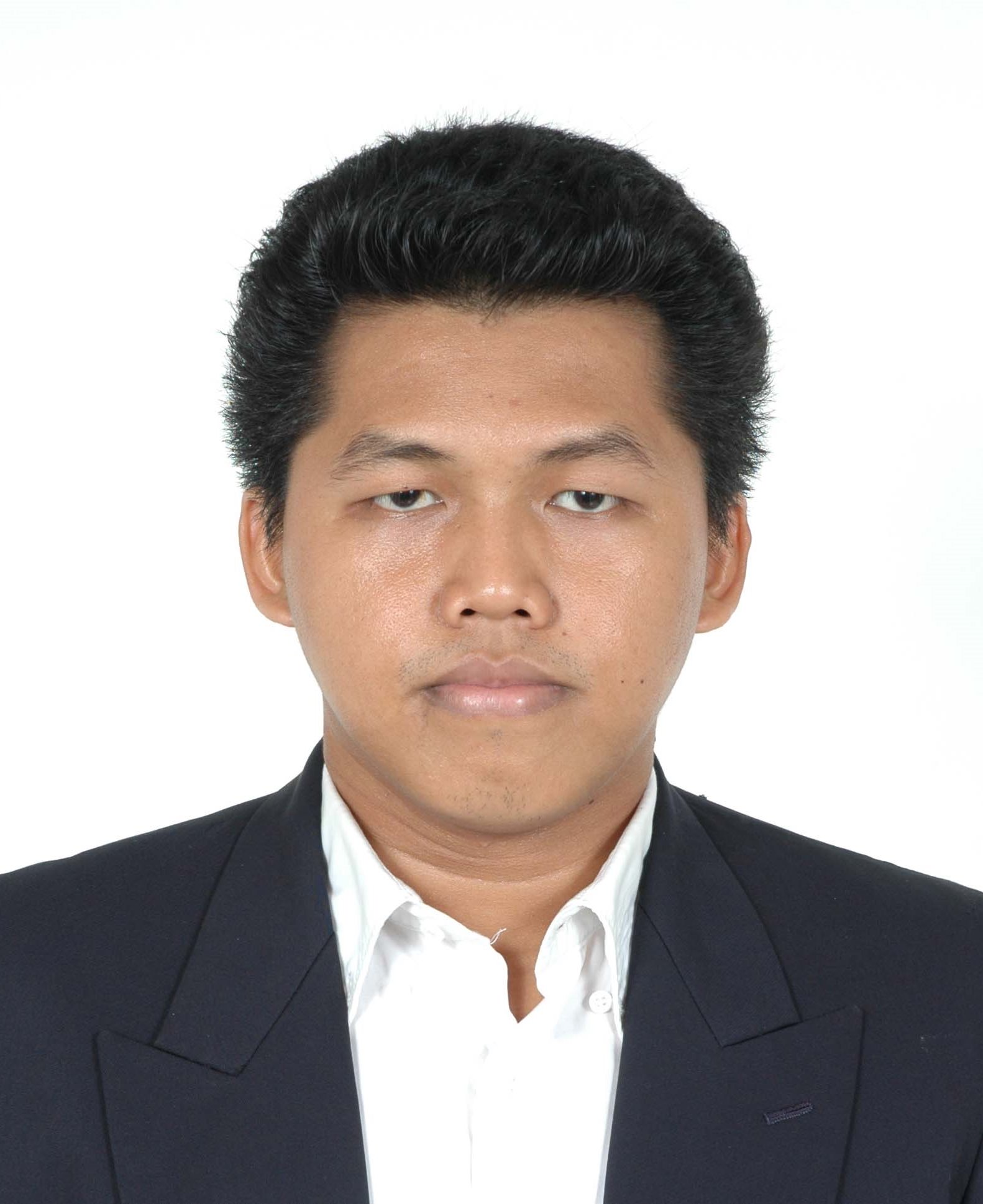 |
Donaldi PermanaIndonesia Agency for Meteorology Climatology and Geophysics (BMKG), Jakarta, Indonesia Dr Permana is a Senior Researcher at the BMKG. He has been working with weather and climate data to understand the Asian-Australian monsoons over Indonesia. He has been involved in developing the statistical prediction tool for their operational division to predict rainfall timeseries including the onset of dry/wet season. He is currently involved in applying the regional climate model RegCM for seasonal prediction over Indonesia. His research interests include atmospheric phenomena associated with diurnal, subseasonal (Tropical waves, MJO), seasonal (monsoon) and interannual (ENSO) variability over Indonesia region using observations in-situ, reanalysis and remote-sensing data. His doctoral work is related to paleoclimate study based on tropical ice cores in Papua, Indonesia to reconstruct the monsoon and ENSO variability. Read more... |
 |
Joseph BasconcilloPhilippine Atmospheric, Geophysical and Astronomical Services Administration (PAGASA), Quezon City, Philippines Dr Basconcillo has been with PAGASA for more than 8 years as a Weather Specialist. His responsibilities include monitoring of the onset and progress of rainy season associated with the Southwest monsoon. He also prepares the monthly rainfall, temperature, tropical cyclone forecasts, and other climate products of PAGASA. He has developed and supports the spatial visualization techniques and analysis related to the climate monitoring and prediction activities of PAGASA. In terms of research, his training on monsoons mainly comes from his experience in the Typhoon Research Center of Jeju National University, Republic of Korea. His group developed a rainfall-based index that could explain the occurrences of global compound climate extremes during the boreal summer such as extreme rainfall events in the Asian-Australian monsoon region, tropical cyclones in the Western North Pacific, and heatwaves in the midlatitudes and Polar Regions. Read more... |
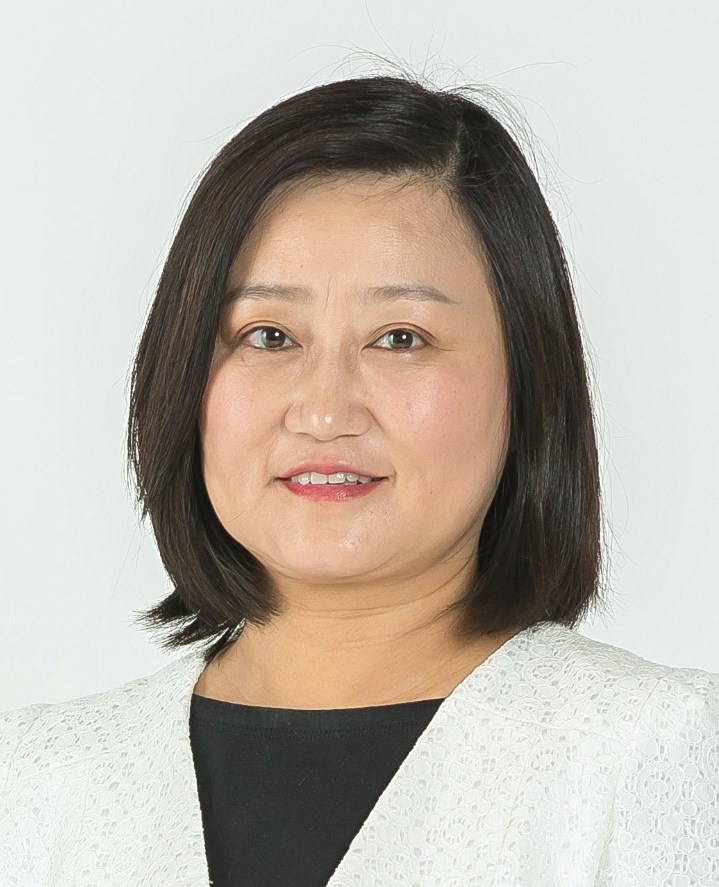 |
Hui Su (Member, CLIVAR/GEWEX Monsoons Panel)The Hong Kong University of Science and Technology (HKUST), Hong Kong, China Prof. Hui Su is a Global STEM Professor at the Department of Civil and Environmental Engineering, HKUST. She was a principal scientist and weather discipline program manager at NASA Jet Propulsion Laboratory before joining the HKUST. She has extensive research experience in atmospheric sciences with primary interests on convection, clouds, precipitation, large-scale circulation, energy and water cycles, and aerosol-cloud interactions. She received NASA Exceptional Scientific Achievement Medal in 2010 and 2022, and a few awards at JPL. She is an Editor of Geophysical Research Letter and a fellow of American Meteorological Society. Read more... |
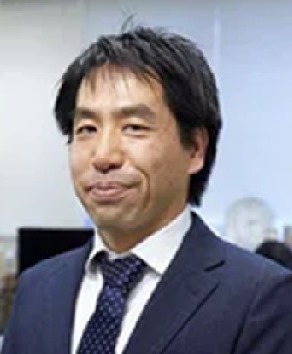 |
Hiroshi Takahashi (Member, CLIVAR/GEWEX Monsoons Panel)Tokyo Metropolitan University, Tokyo, Japan Dr. Takahashi works in Tokyo Metropolitan University. He studies long-term,decadal, and interannual variability in precipitation over the Asian monsoon regions using satellite observations, numerical models, and model outputs. He also works on the intra-seasonal oscillations over the monsoon regions associated in part with interannual variability. In particular, he adopts high-resolution modelling approach to understand severe meteorological phenomenon, such as heavy precipitation and tropical cyclones. Recently he has been investigating the roles of land-atmosphere and ocean-atmosphere interactions in monsoon variability. He also serves a member of GEWEX subcommittee in Science Council of Japan. Read more... |
 |
Tim CowanUniversity of Southern Queensland & Bureau of Meteorology, Australia Dr. Cowan is a Senior Research Fellow at the University of Southern Queensland's Centre for Applied Climate Sciences, and a member of the Seasonal Climate Processes team at the Bureau of Meteorology in Melbourne (Australia). His expertise covers climate drivers within the Indo-Pacific region, the Australian monsoon, and climate extremes that impact northern Australia. He leads the Research and Development arms of the Northern Australian Climate Program, where he develops innovative prototype forecast products tailored for the northern red meat sector to help graziers better manage climate risks. Read more... |
 |
Zizhen DongYunnan University, Kunming, China Dr. Dong is an associated professor at Yunnan University. He obtained his PhD degree in Institute of Atmospheric Physics, Chinese Academy of Sciences, and finished his postdoctoral work in Yunnan University. His research interests focus on the mechanisms of extreme weather and climate events, CMIP6 model assessment, and extreme climate prediction, primarily fixed on the climate variability in Southeast Asia and Southwest China ranging from intraseasonal oscillation to interdecadal time scales. In addition, he also works on the temporal and spatial climate variations in low-latitude high plateau in China and their mechanisms, heavily highlighting the dynamic diagnosis, observation and reanalysis data, and model simulations. Read more... |
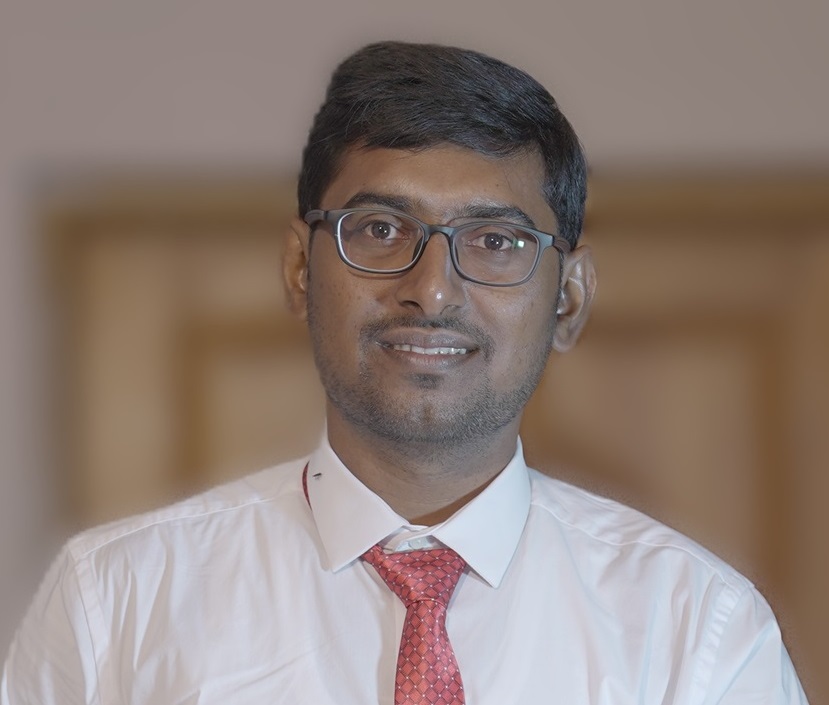 |
Maheswar PradhanIndian Institute of Tropical Meteorology, Pune Dr. Pradhan works in the Monsoon Mission Group at the Indian Institute of Tropical Meteorology, Pune, India. He has experience in the simulation of monsoons and their drivers using coupled models. During his doctoral research, he focused on improving the parameterization of the diurnal cycle of surface ocean processes and turbulent fluxes, addressing long-standing challenges in coupled model simulations across diurnal, intra-seasonal, and seasonal time scales. His active areas of research include designing observing system experiments focusing on monsoon prediction, seasonal prediction of onset variability, assessment of coupled models’ skill and biases through intercomparison studies and coupled data assimilation. In addition to his research, he has contributed to the development and dissemination of operational products such as ENSO-IOD bulletins and long-range forecasts of rainfall and air temperature for India. Read more... |
